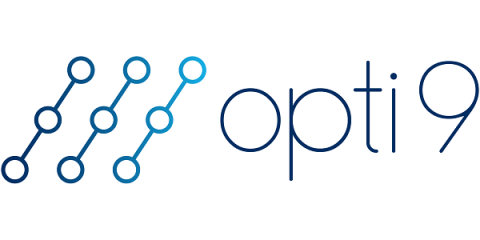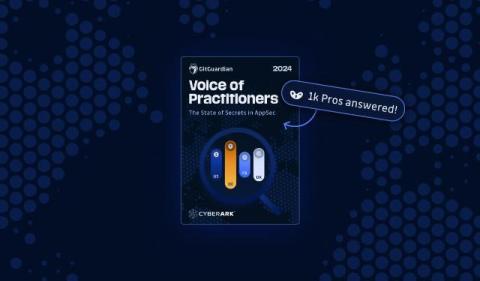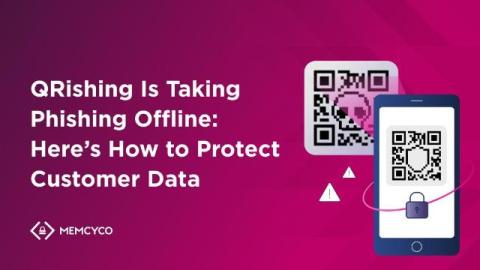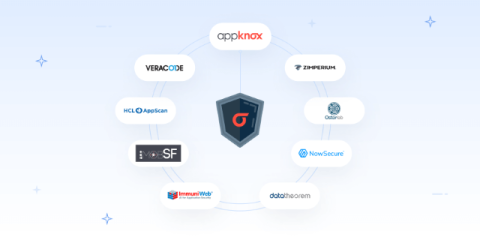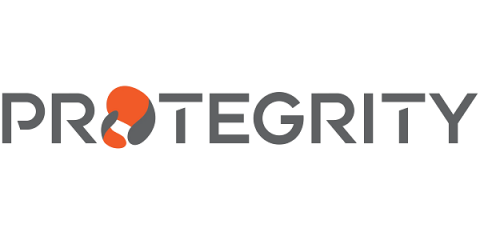Understanding SOX Requirements for IT and Cybersecurity Auditors
The Sarbanes-Oxley Act (SOX) is a United States federal law that aims to enhance corporate transparency and accountability. Signed into law on July 30th, 2002, the Act came in response to a slew of major corporate accounting scandals, including those involving Enron and WorldCom, that came to light in the early 2000s. Its primary aim is to enhance corporate transparency and accountability, ensuring companies adhere to strict financial reporting standards and maintain effective internal controls.




